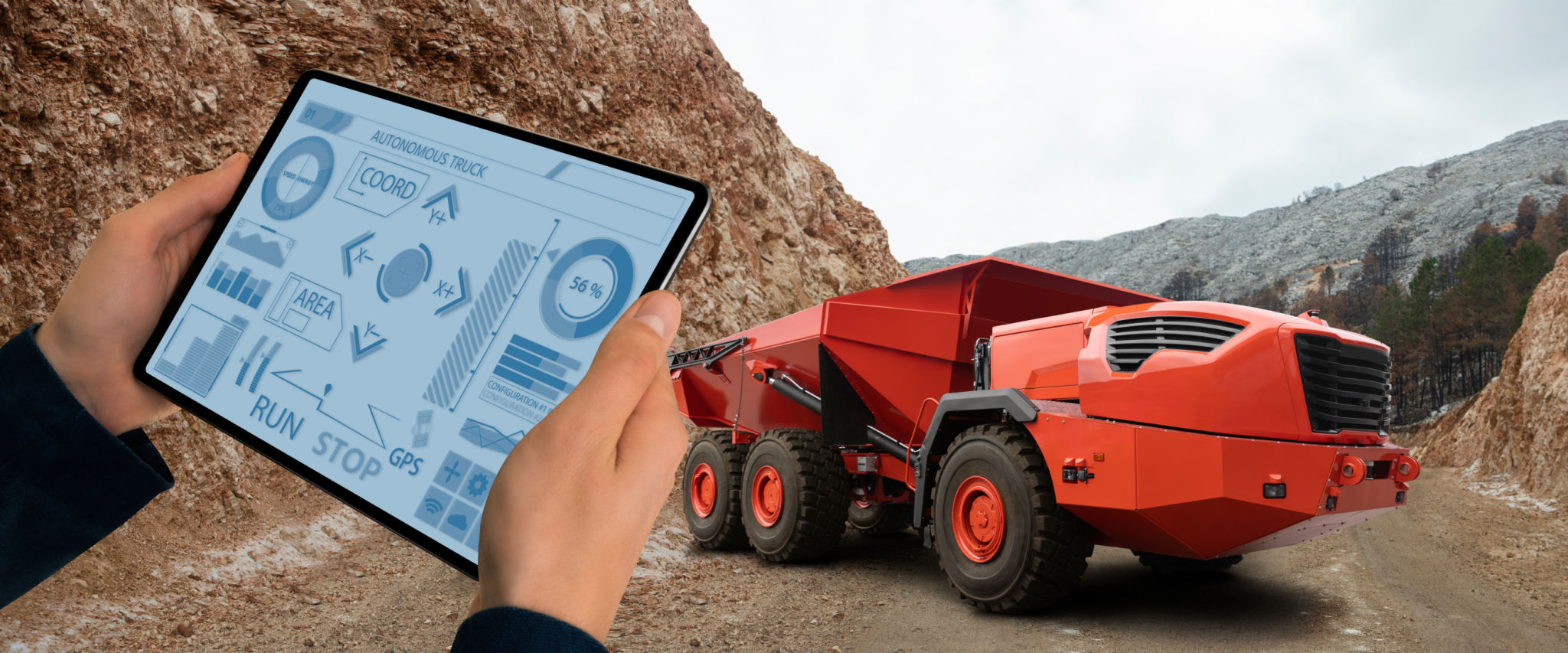How Robotics Enhances Safety in Harsh Industrial Environments
Introduction to Robotics in Industrial Safety
In recent years, the integration of robotics in industrial settings has revolutionized the way we approach safety, particularly in harsh environments. These advanced machines are designed to perform tasks that are too dangerous for humans, ensuring that industries can maintain productivity while safeguarding human lives. As industries continue to evolve, the role of robotics in enhancing safety becomes increasingly crucial.
Robots can withstand extreme conditions such as high temperatures, toxic atmospheres, and high-radiation areas, making them ideal for tasks that would be hazardous for human workers. By delegating these dangerous tasks to robots, companies can significantly reduce the likelihood of accidents and injuries.

Applications of Robotics in Hazardous Environments
Oil and Gas Industry
The oil and gas sector is notorious for its challenging working conditions. From deep-sea exploration to high-temperature drilling operations, robotics play a vital role in performing inspections, maintenance, and repairs. These robots can operate under extreme pressure and temperatures, reducing the risk to human workers while maintaining operational efficiency.
Mining Operations
Mining is another industry where robotics have made a significant impact. Automated drilling machines and autonomous vehicles are used to access remote and dangerous mining sites. These robots can navigate through narrow underground tunnels and extract resources without putting human lives at risk.

Technological Advancements in Robotics
With advancements in artificial intelligence and machine learning, today's robots are not only more efficient but also more adaptable. They can analyze their environment, make real-time decisions, and learn from their experiences. This adaptability allows them to handle unexpected situations effectively, further enhancing safety in industrial environments.
Moreover, the development of robust materials and sophisticated sensors has led to the creation of robots that can endure the most hostile environments without compromising performance. These innovations ensure that industries can rely on robotics for consistent and safe operations.

Benefits of Robotics in Industrial Safety
- Improved Worker Safety: By taking over dangerous tasks, robots help prevent workplace accidents and injuries.
- Increased Efficiency: Robots can perform repetitive and labor-intensive tasks with greater speed and precision.
- Cost Savings: Reduced downtime and lower injury-related costs contribute to overall savings for companies.
- Enhanced Data Collection: Robots equipped with sensors provide valuable data that can be used for predictive maintenance and process optimization.
The Future of Robotics in Industrial Safety
As technology continues to advance, the potential for robotics in enhancing industrial safety is boundless. Future developments may include even more autonomous systems capable of working alongside humans more seamlessly, further reducing risks and improving productivity. The ongoing integration of robotics into industrial environments promises not only safer workplaces but also more efficient and sustainable operations.
The path forward involves continuous innovation and adaptation, ensuring that robotics remain at the forefront of industrial safety solutions. As industries embrace this technology, the potential for a safer and more productive future becomes ever more achievable.